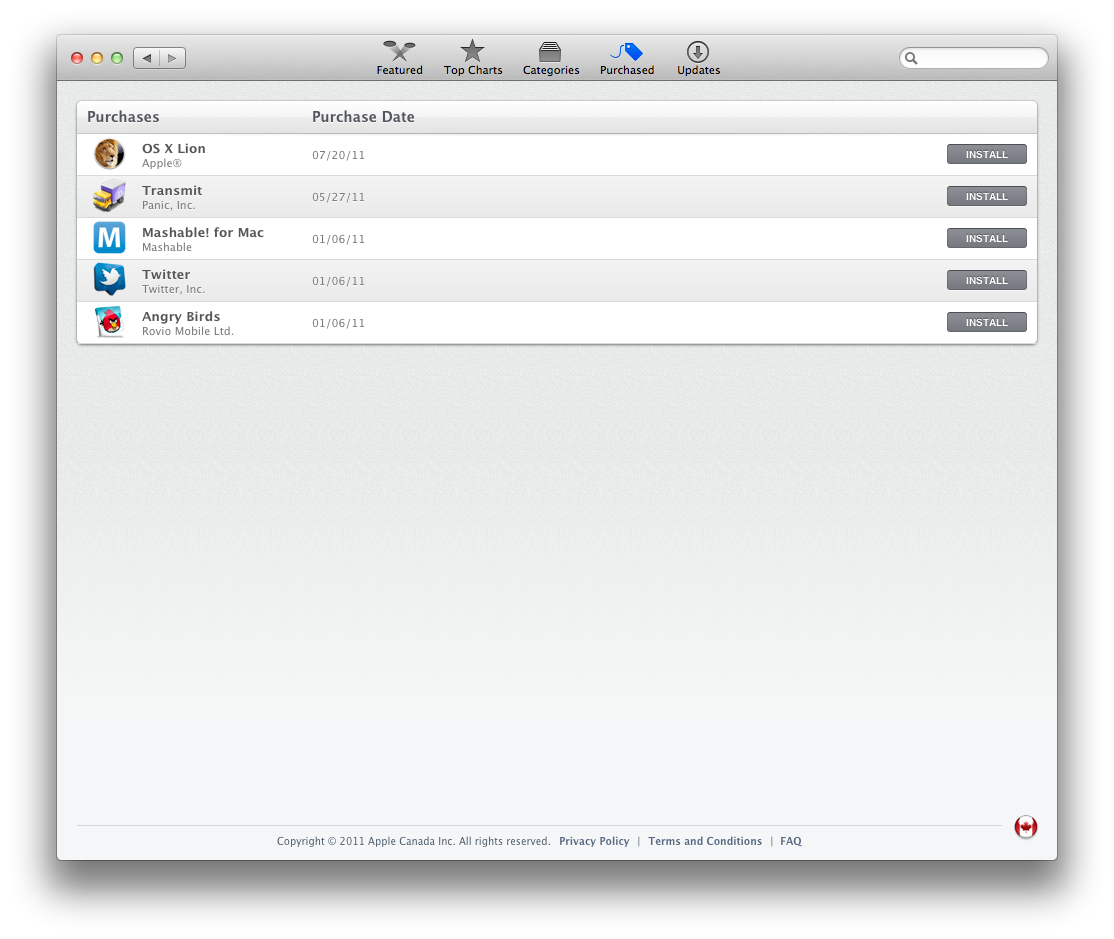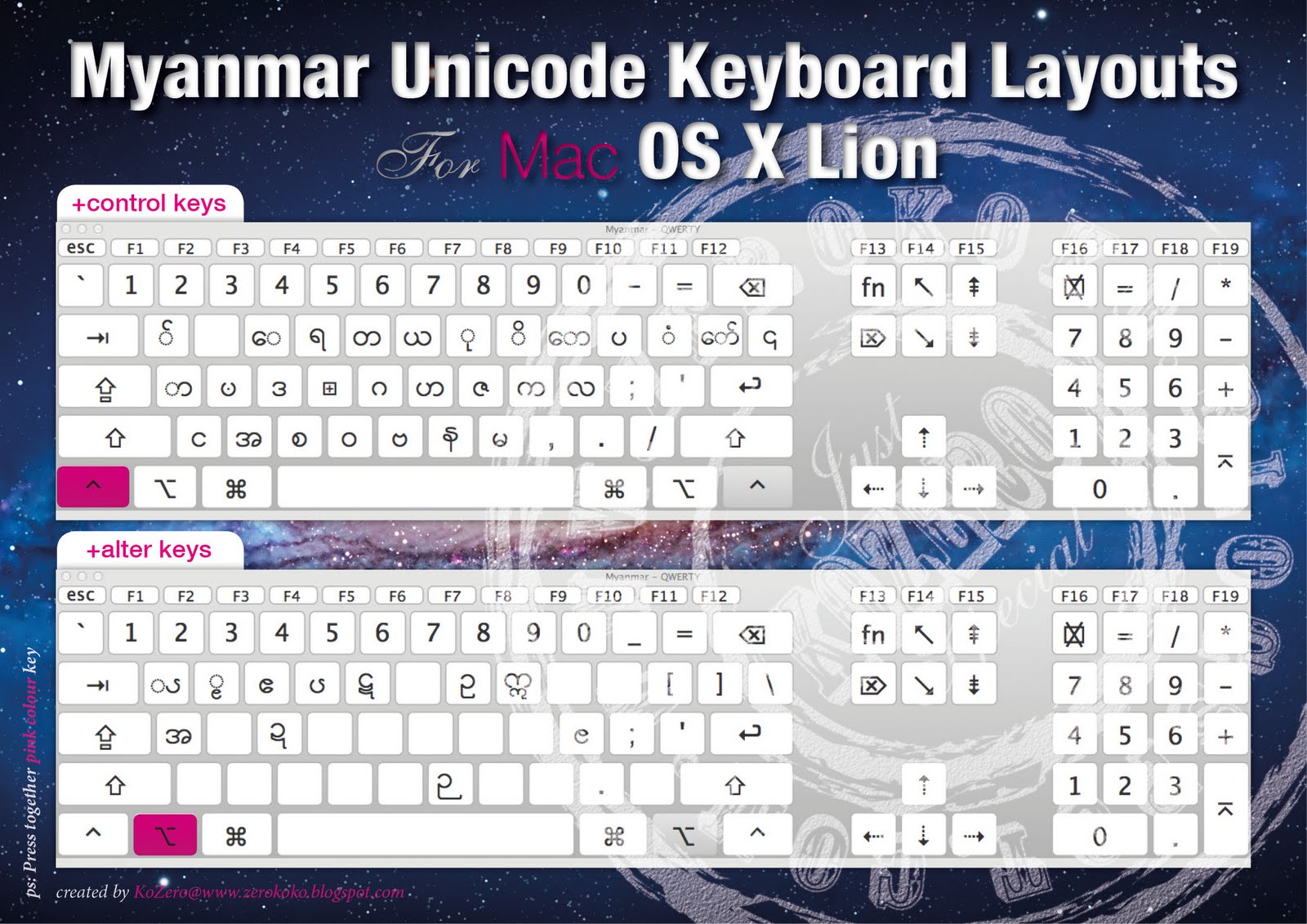
- #Install mac os x lion from usb how to
- #Install mac os x lion from usb install
- #Install mac os x lion from usb drivers
- #Install mac os x lion from usb full
I am sad to say it did not work out for me however, the message terminal gave me was: '/Applications/Install OS X Mountain Lion.app does not appear to be a valid OS installer application.' The trick is to replace only the second occurrence, ie, use the createinstallmedia executable from the El Capitan installer.įirst off, I would like to thank you for an easy, helpful and insightful guide. Replacing both occurrences 'El\ Capitan' with 'Mountain\ Lion' gives the expected message that createinstallmedia is not found inside the Mountain Lion installer (because it didn't exist back then when the installer was created). Sudo /Applications/Install\ OS\ X\ El\ Capitan.app/Contents/Resources/createinstallmedia -volume /Volumes/Untitled -applicationpath /Applications/Install\ OS\ X\ El\ Capitan.app -nointeraction
#Install mac os x lion from usb install
Instructions to create a bootable El Capitan (or Mavericks or Yosemite) installer on a computer running El Capitan all seem to rely on a small (command line) executable called createinstallmedia that is part of the OS X Install application (/Contents/Resources), even the GUI options like Disk Maker X seem to rely on it. Unfortunately the result doesn't appear to be bootable. These instructions cannot be followed to the letter anymore since Disk Utility has changed significantly in El Capitan but there still is a restore feature. Instructions to create a bootable Mountain Lion installer (on a computer running Mountain Lion) usually use the Restore feature in Disk Utility to 'restore' the bootable image inside the installer (InstallESD.dmg) to a USB stick (where 'restore' means cloning the disk image to the USB stick and making it bootable).
#Install mac os x lion from usb how to
But I have not found any instructions of how to create a bootable Mountain Lion installer under El Capitan. There are also instructions on how to create a bootable Mavericks or Yosemite installer under El Capitan. There are many instructions on how create a bootable Mountain Lion installer on a computer running Mountain Lion, a Mavericks installer on a Mavericks system up to an El Capitan installer under El Capitan.

Trying to, you get a message that the copy of "Install OS X" is too old to be opened on this version of OS X.

You need to make a bootable installer because the ML installer itself won't run under El Capitan. This requires that you have both the El Capitan installer as well as the Mountain Lion installer on your computer (at the paths indicated above, adjust the paths in the command if necessary) and that you have an HFS+ volume with the name 'Untitled' mounted (adjust the name in the command if necessary). Sudo /Applications/Install\ OS\ X\ El\ Capitan.app/Contents/Resources/createinstallmedia -volume /Volumes/Untitled -applicationpath /Applications/Install\ OS\ X\ Mountain\ Lion.app -nointeraction

#Install mac os x lion from usb drivers
NVIDIA Releases Alternate Graphics Drivers for 10.10.1 (343.01.If you ever wondered how to create a bootable OS X Mountain Lion installer under El Capitan, here is the Terminal command to do so:
#Install mac os x lion from usb full
They also will enable the latest 'Maxwell' cards to work with full acceleration- NVIDIA GeForce GTX 750, GTX 750 Ti, GTX 970, and GTX 980. In the past, the drivers have been known to solve OpenCL issues with certain applications, as well as providing better native GPU power management for certain devices. These are different from the drivers Apple ships as standard, and should be considered experimental.

NVIDIA releases alternate graphics drivers separately on the web for each OS X build. Install Bootloader and Extra to EFI PartitionĬontinuity and Handoff Capable Apple Mini Cards + PCIe and mini-PCIe AdaptersĬhimera HD Graphics Bootflags: IGPEnabler, IGPlatformID, and IGPDeviceID How To Know What to Install With MultiBeast The list below should serve to fully optimize your system after initial setup. Building a CustoMac Hackintosh: Buyer's GuideĪfter you've completed the guide, things such as HDMI audio and iMessage may not work automatically and universally.


 0 kommentar(er)
0 kommentar(er)
